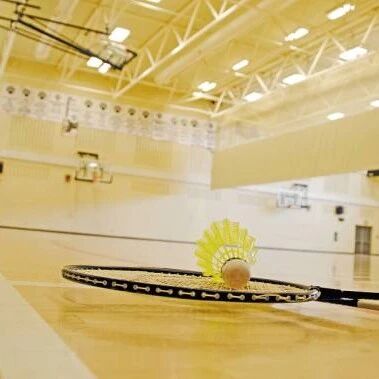The most comprehensive doubles experience ever—learn how to play without worrying about finding a partner!
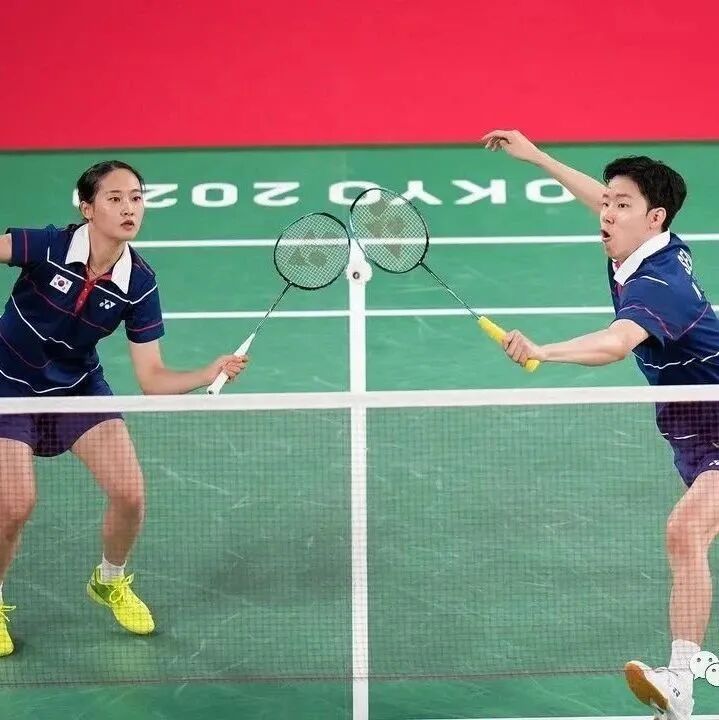
Doubles is undoubtedly the most intense, fiercely competitive, and visually captivating format in badminton. It not only demands exceptional individual skills from each player but also requires seamless coordination between partners—whether it’s smooth rotation, precise attacking, or disciplined defending.
How to find fun in doubles—let the seasoned pro show you how to get started!
01
Field Safety Guidelines
Amateur badminton players must maintain a healthy mindset.
Always remember that safety comes first.
Entertainment comes second, with scores ranking third.
▽
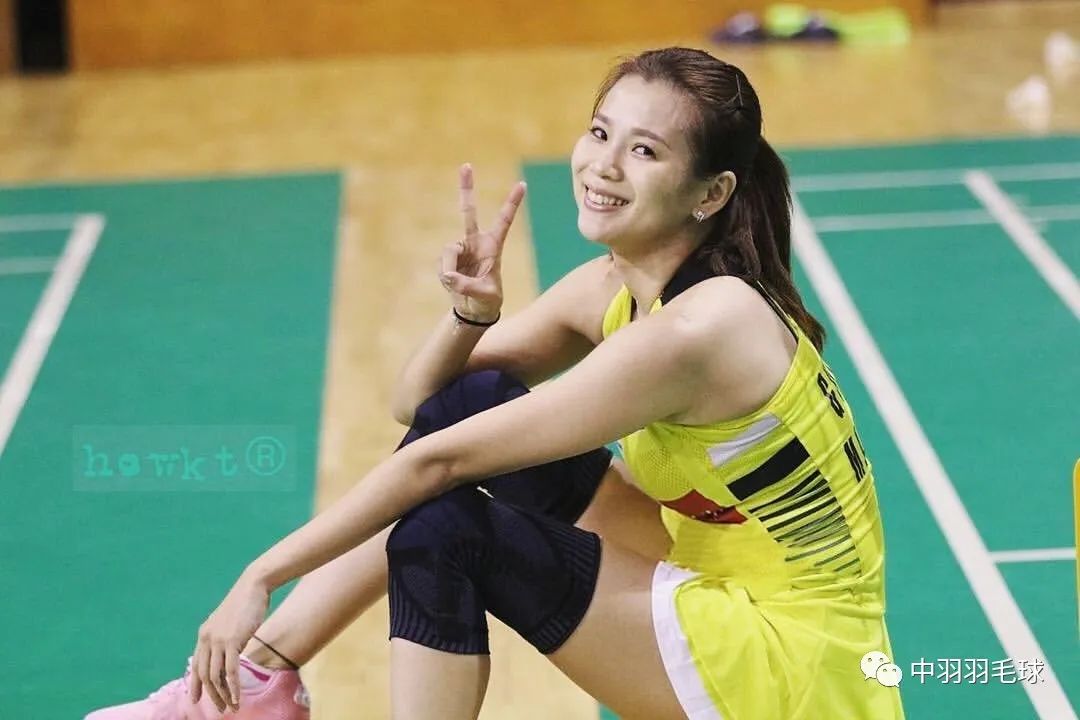
Rather risk conceding a point than fail to catch the ball.
Also, don't grab the ball and hit it.
Especially the ball hit between the two of them
It can easily cause the racket to snap.
Second, it could hit your partner's body, making the risk not worth the reward.
▽
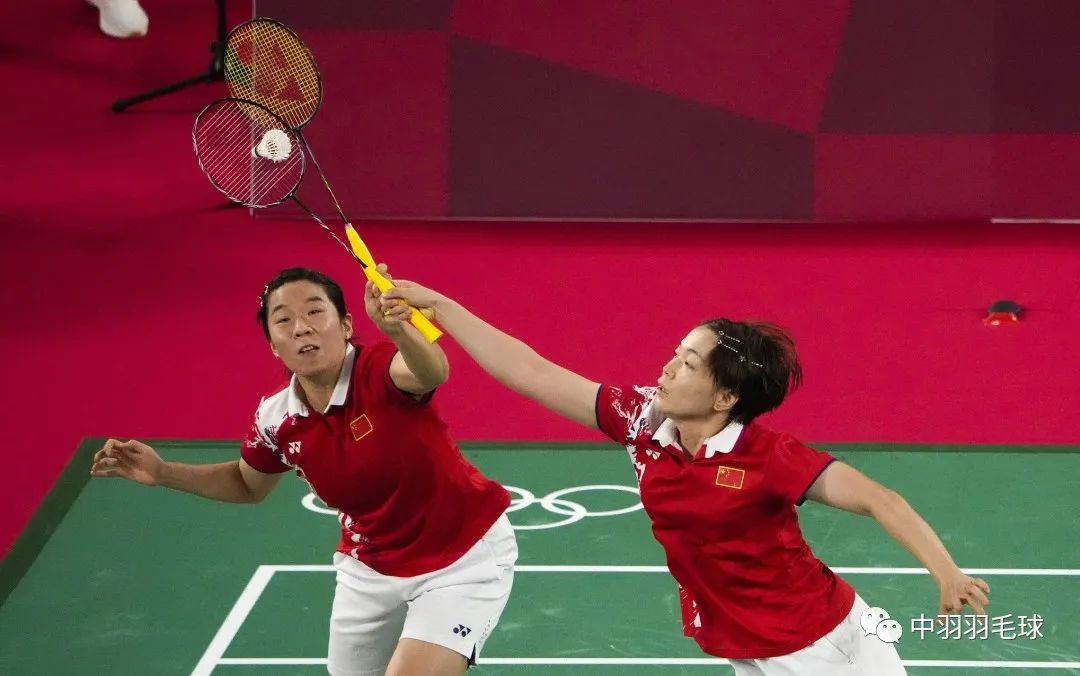
Act according to one's capabilities.
Don't force yourself to imitate something beyond your physical limits.
Technical movements with endurance capabilities
Remember to land on your heels when receiving (the ball).
Then transition to the tips of your toes.
Always receive the ball with "eight-shaped" feet.
Otherwise, the knees are extremely prone to injury.
▽
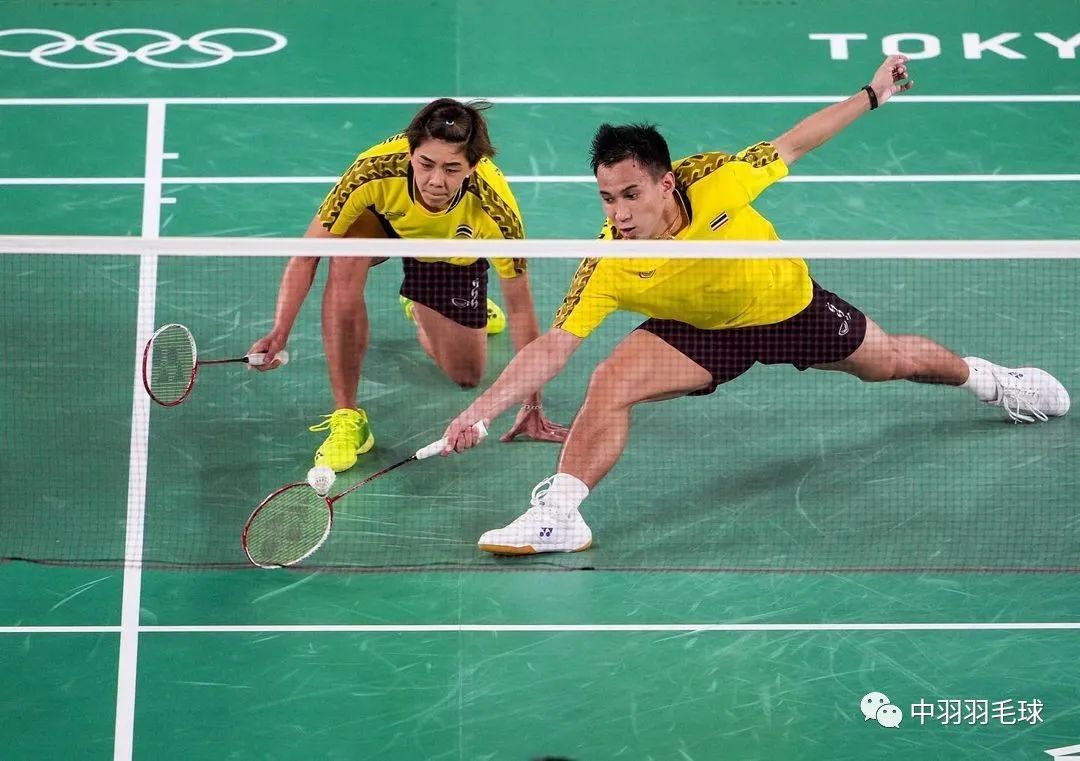
02
Tactical Chapter
He who casts the net goes online; he who picks the rear steps back.
(When retreating in a straight line, definitely don't back up diagonally!)
▽
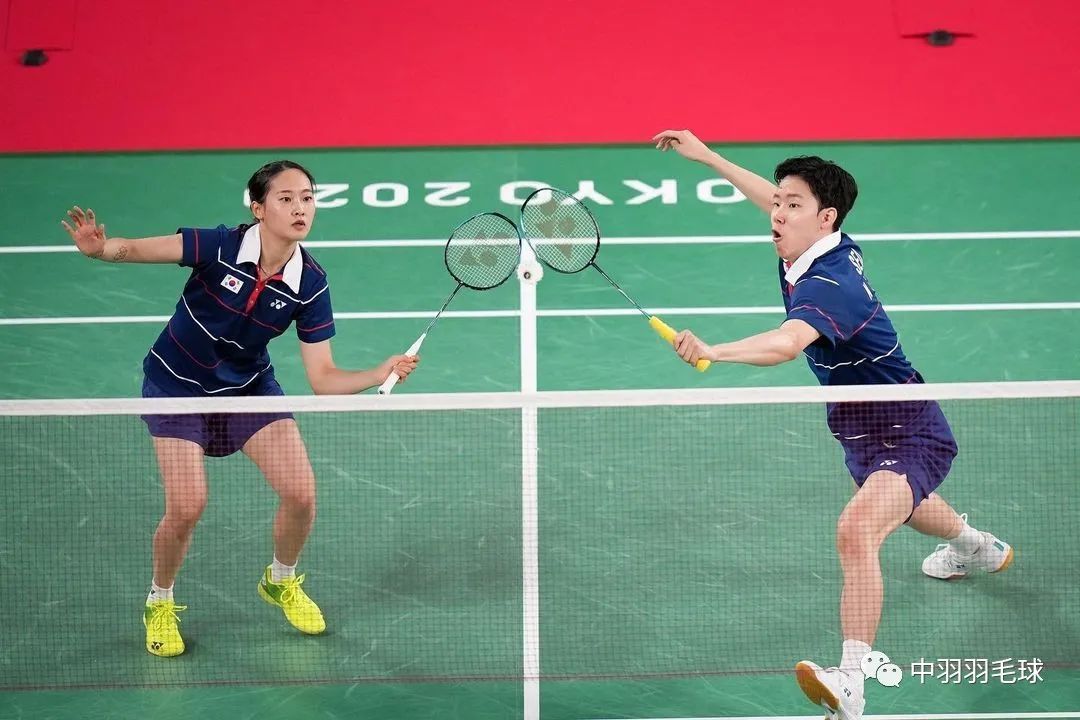
Defense is the beginning of offense.
Attack is the best defense.
▽
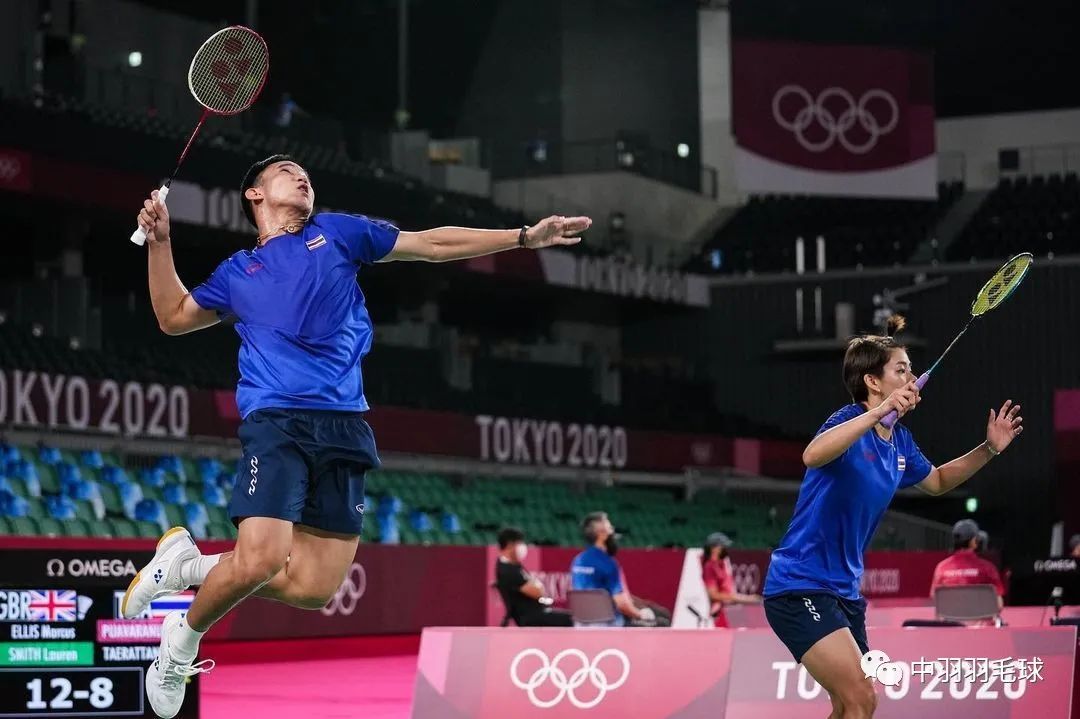
Ninety percent of the focus is on the straight backcourt and diagonal net play.
Attacking the opponent's backhand in the backcourt
Because this has always been the Achilles' heel for amateur players.
▽
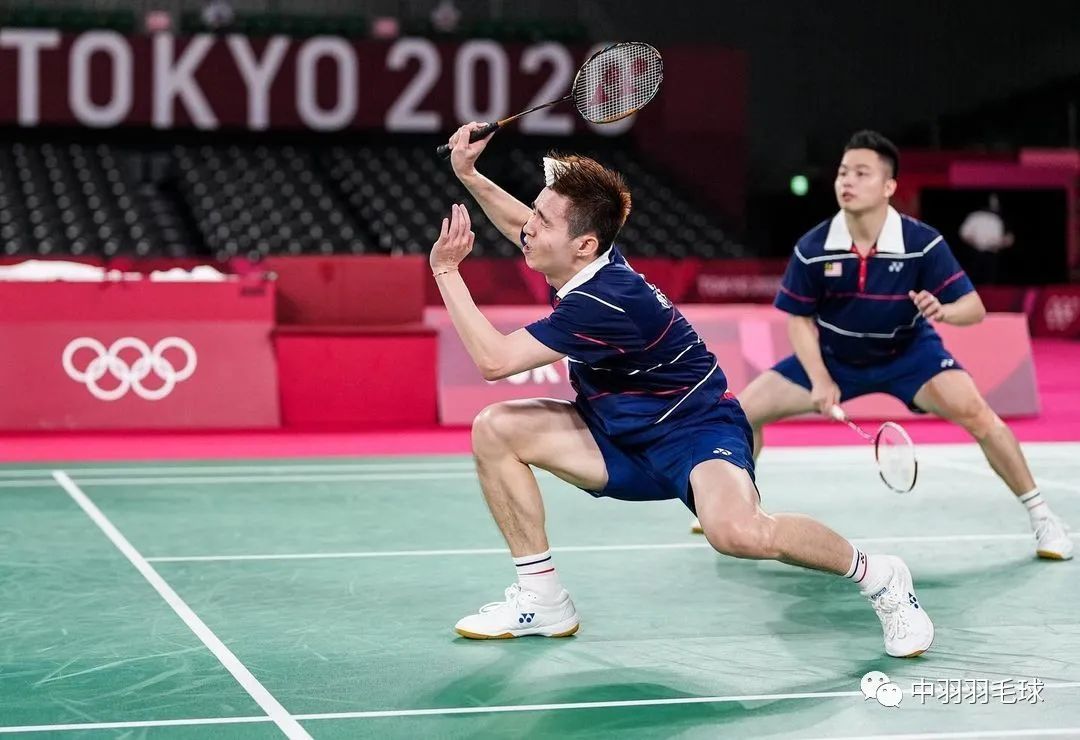
When defending in the frontcourt, the most important thing is
Never look back at the backcourt at any time.
Because it's easy to get hit in the head or face.
A ball played between the two central midfielders
Received by the player from the backcourt
The player up front doesn’t receive.
▽
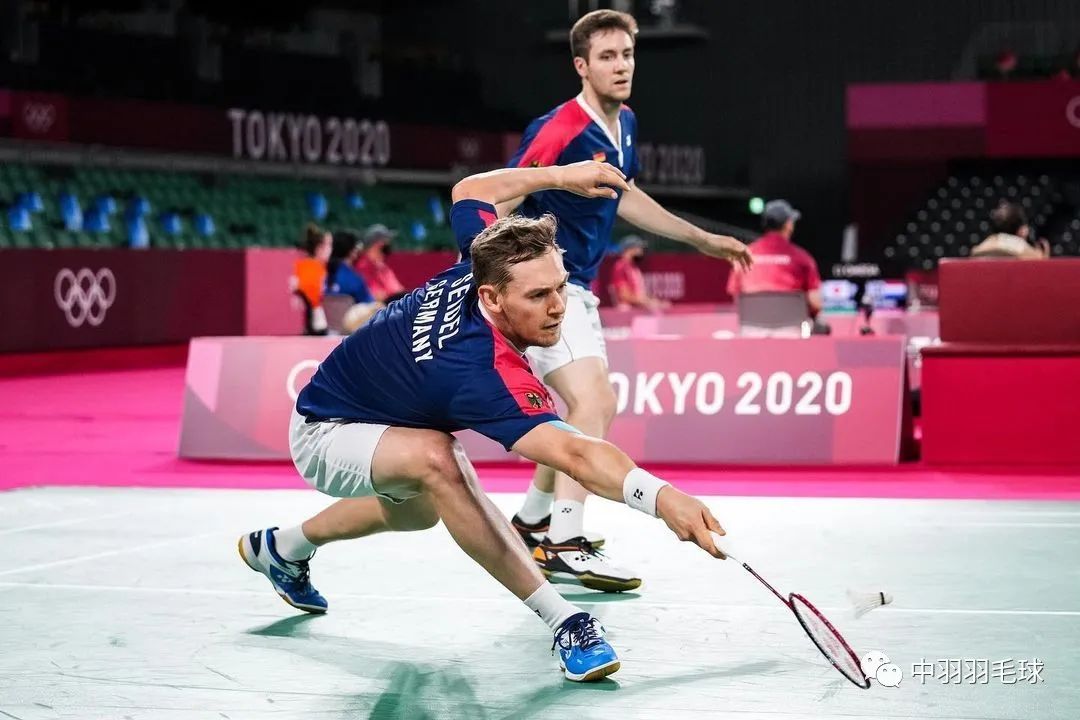
03
Experience Section
Don't rush when serving!
First, take a look back to see if your partner is ready.
Then calmly serve.
This is the basic common sense for men's doubles players playing with random partners.
▽
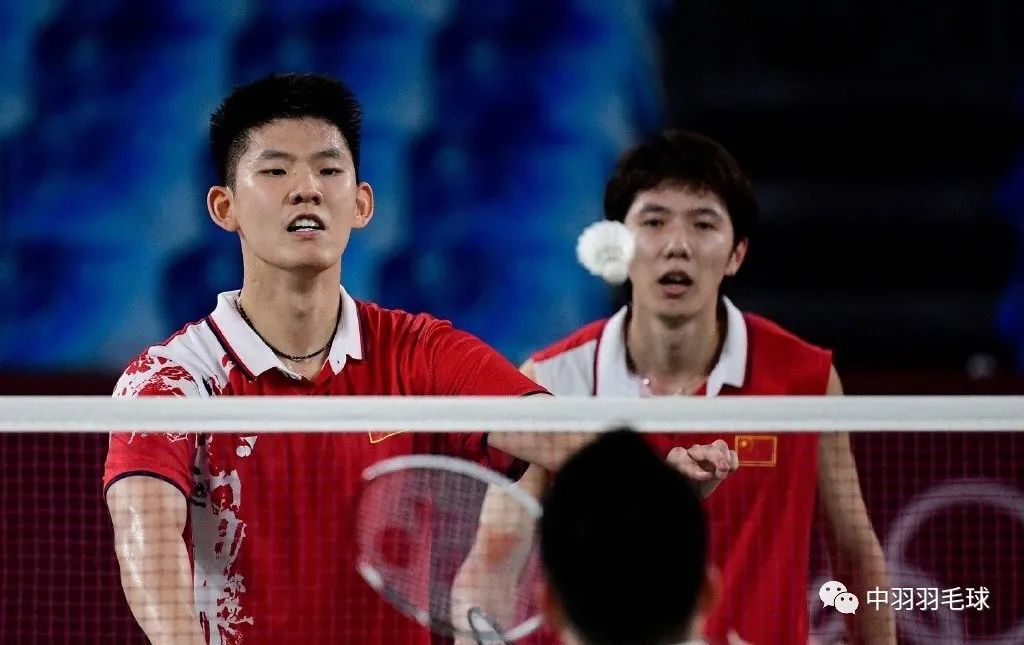
According to authoritative statistics, a team scores or concedes 60% of its points in a single game.
It all happens during the serve and receive.
So, pay special attention to your hair extension and removal techniques.
New badminton shuttlecock—try your best not to secretly hit the opponent's backcourt.
Because the new ball has low resistance and tends to go out of bounds easily.
It's more reliable to wait for the ball to settle slightly before launching a counterattack.
The new badminton shuttlecock is designed for more smashes.
Violent smashes—whether in sound or speed
It really gives me a great sense of pleasure.
Switching to elastic strings makes attacking much more enjoyable.
04
Ball Path Chapter
When pressured aggressively by the opponent
Just stop forcing the shot, okay?
Hit a high, long shot—give it some cushion.
Adjust it again. Time to strike once more.
▽
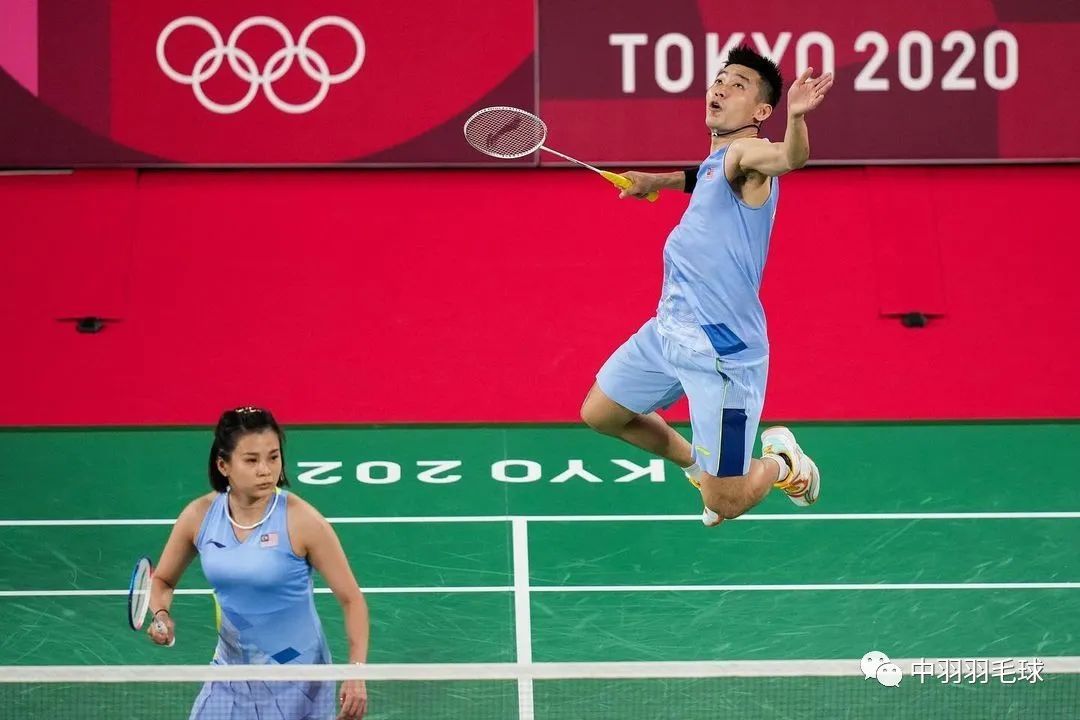
When you're defending in the frontcourt
Always be mentally prepared to execute a backcourt smash.
Drop shot, chop, and cross-court hook
Force the opponent to lift high balls so the backcourt players can finish the play.
▽
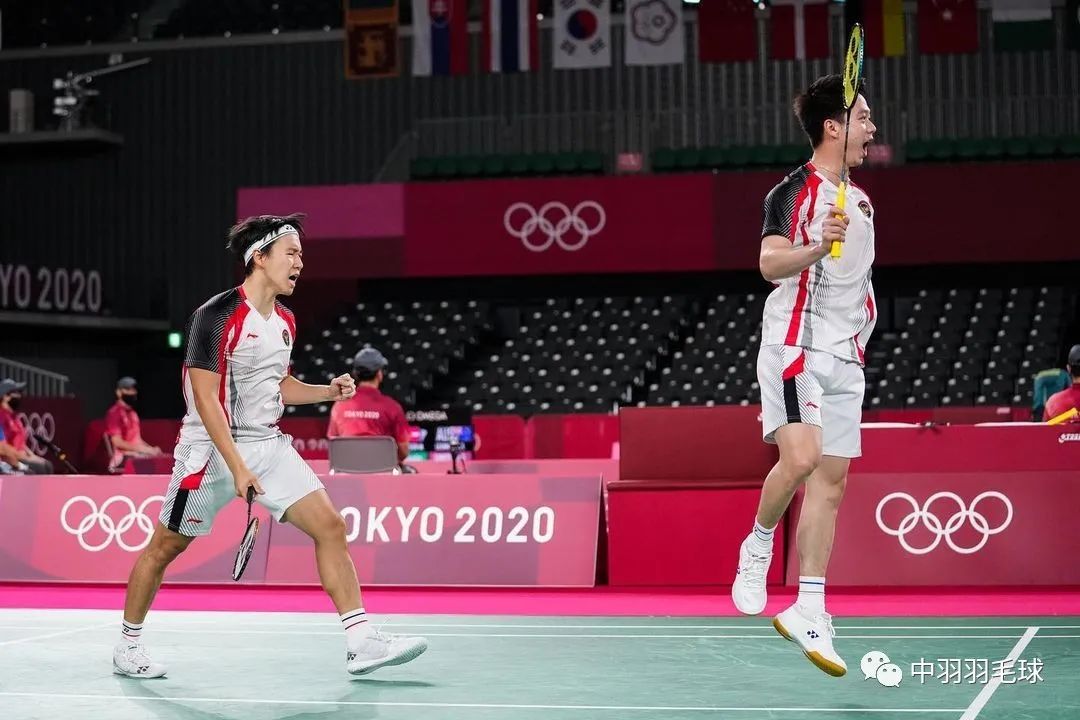
When you're playing at the net, receive the ball coming over the net.
Go for the net play first; only resort to a lob if you're really out of options.
However, it's best to hit the shuttlecock as deep as possible into the opponent's backcourt.
▽
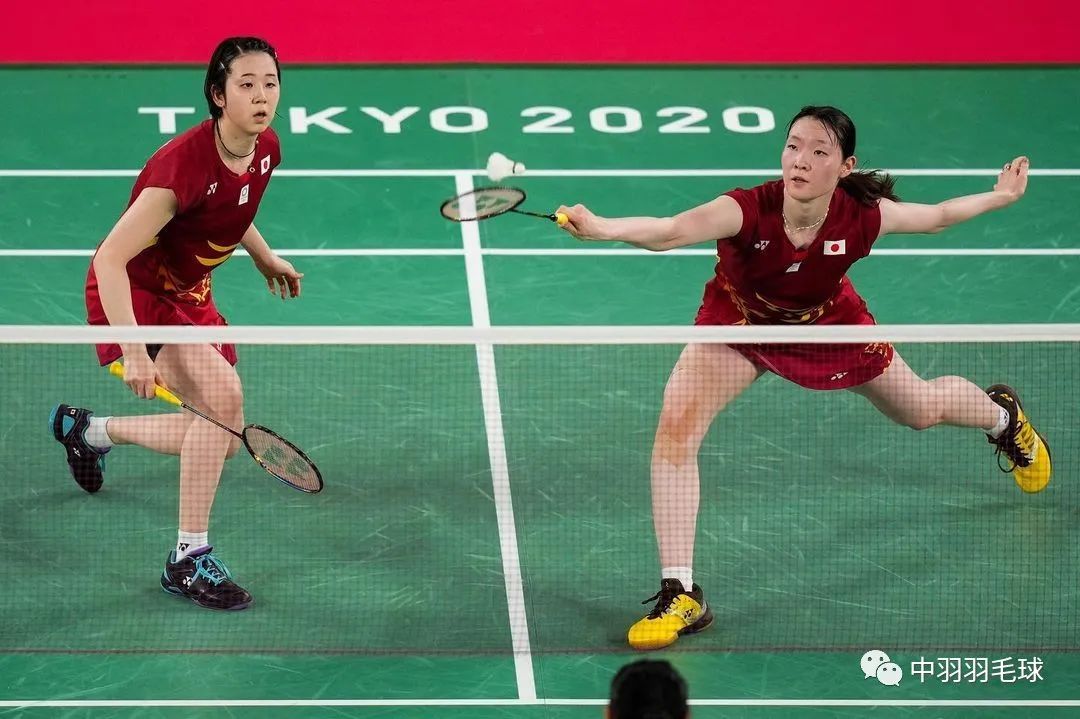
The player who plays in the frontcourt
The primary role involves managing one-third of the frontcourt area.
The person who plays the backcourt
Primarily responsible for covering the midfield and the two-thirds area in the backcourt.
Don't try to grab the ball and shoot—it'll just lead to trouble.
The backcourt partner attacks on the right side.
Remember to move to the right net and help fill the position.
The backcourt partner attacks on the left side.
Remember to move to the left net to help fill the position.
Backcourt partner attacks the middle
While not yet judging the opponent's return
Remember to stay at the net, waiting to help fill the position.
After a backcourt smash
You have to forcefully pull your stomach in, forcing your body forward.
Always make it a habit to go online with a purpose.
▽
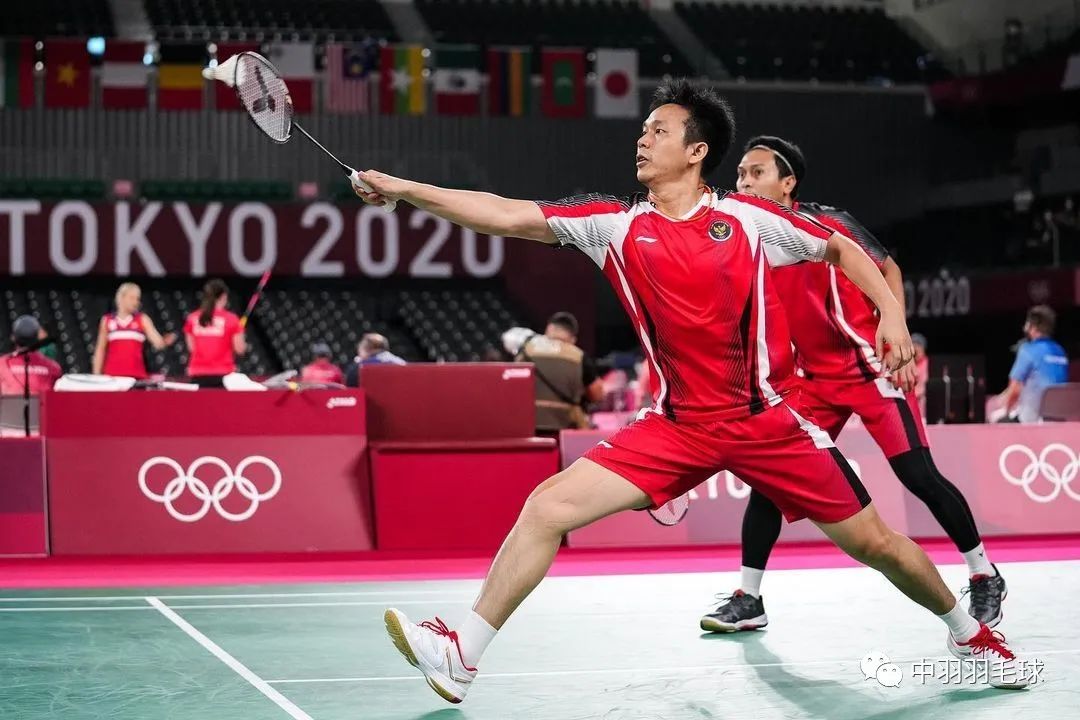
When taking the initiative in the backcourt, maintain downward pressure.
But if the opportunity isn’t favorable, don’t force the shot.
You can employ the net-drop tactic.
Continuously engaging the other party
Wait for the opponent's return to be of low quality before launching your attack.
Of course, even in proactive situations
Combining slashing and hooking is also an effective offensive tactic.
▽
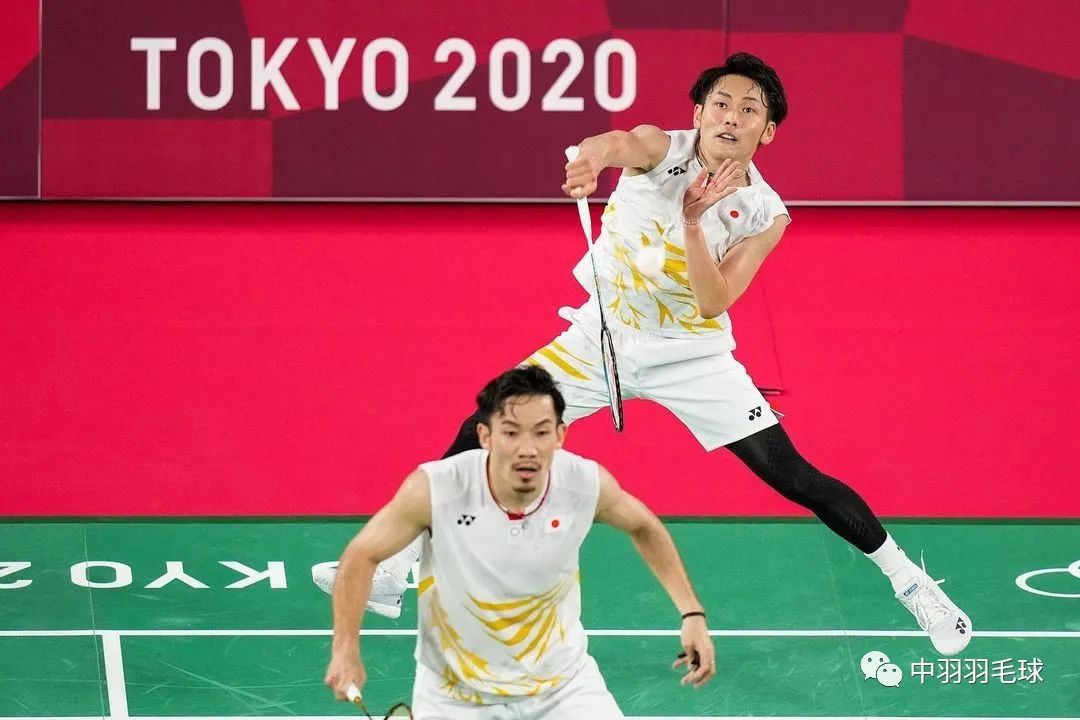
Facing an evenly matched opponent
Don't rush—take your time and play a few extra beats.
Phase of Stalemate
It often comes down to who makes the first mistake.
Whoever perseveres is more stable.
The best way to escape being outnumbered two-on-one by the opponent
It's simply approaching the net with the ball.
Lift the backcourt shot and immediately move to the net.
Leave the backcourt to your more capable partner.
This is a fundamental approach to leveraging strengths and minimizing weaknesses in doubles play.
When defending on the left and right
It's best to hit a straight ball by lifting it diagonally.
Hit a cross-court shot, and go straight ahead.
Fully engage the opponent on both sides
It also makes it difficult for them to launch an attack.
▽
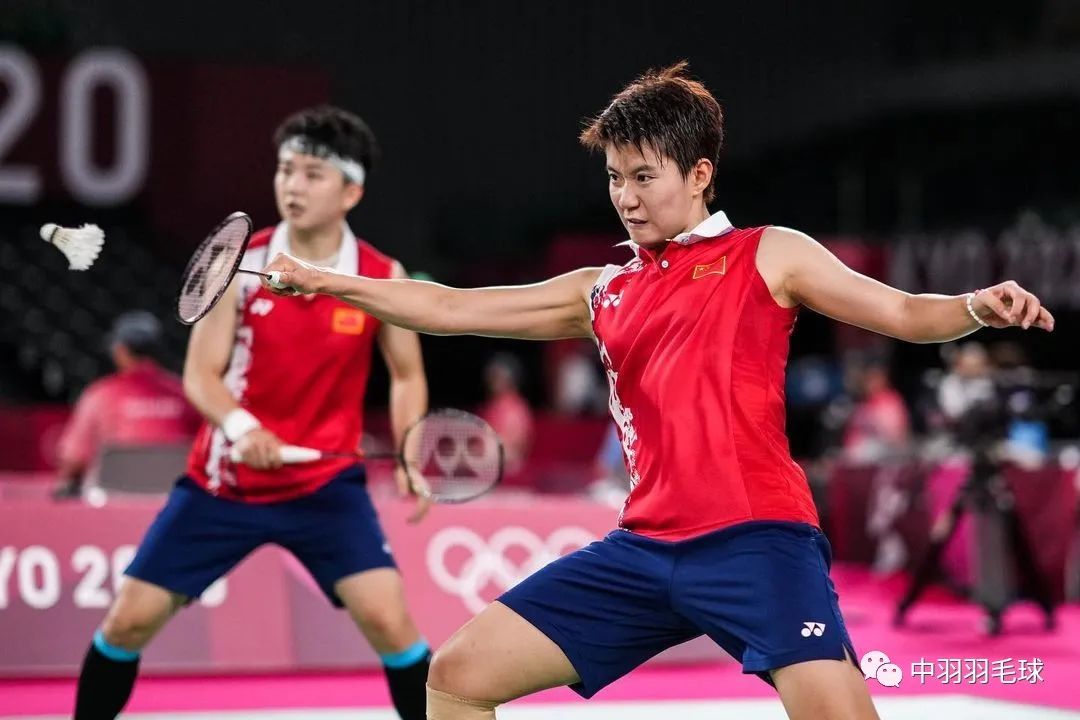
Remember to encourage your partner when they make a good play.
Getting confirmation from your partner can be incredibly encouraging.
Even if your partner is indeed playing poorly
You can't just turn your back on people, either.
▽
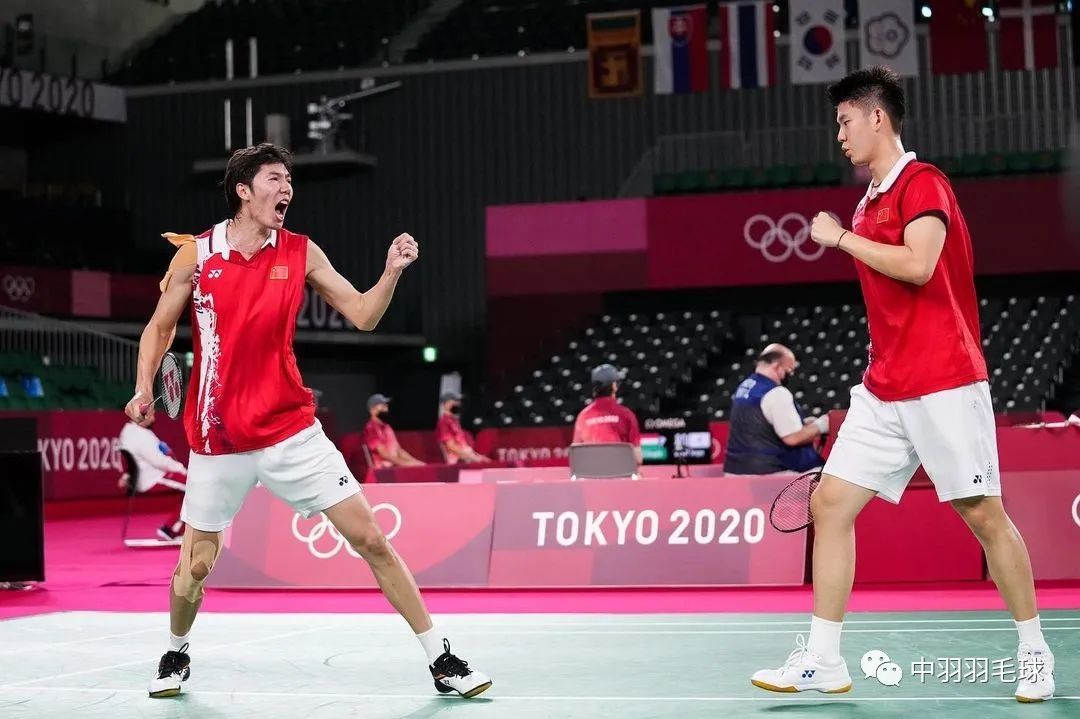
05
Common "Seven Deadly Sins" in Amateur Doubles
These symptoms have nothing to do with technology or physical fitness—they’re purely a matter of spatial awareness, and any healthy, fully functional person with a sound mind could easily correct them.
Here's the arrangement based on their combined impact—ranging from commonness to severity—so beginners can take a look and see what issues they might be dealing with.
① Hitting the ball without aiming at the net.
I have no idea what you’re thinking—when serving, your partner’s behind while you’re in front. Do you just ignore what’s happening ahead, or are you expecting him to take care of it?
Of course, this situation ended with the opponent directly dropping a soft shot at the net.
Your teammate doesn’t even have a chance to connect with the ball.
The right approach:
After hitting the shuttlecock, slightly lower your center of gravity to prepare for lateral movement, then raise your racket ready to block at the net.
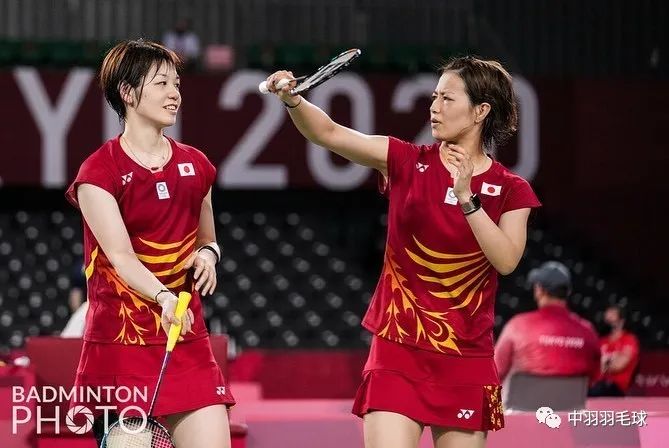
② Serve and receive the ball by directly lifting it high.
Hit a high, flat shot directly—when your opponent is strong on the attack, it’ll either seal the point outright, or, if they manage to block it, you’ll essentially hand over the initiative and control to them, leaving yourself in a defensive, reactive position.
The right approach:
Try to force your opponent into hitting a high ball first by using techniques like dropping the net, pushing the shuttle, or shifting your hips—but if that doesn’t work, at least you’ll end up in a neutral rally. After all, it’s still uncertain who’ll come out on top, but it’s definitely better than giving up on offense altogether.
③ Hit a high ball without retreating to defend
The ability to handle the kill shot depends not only on your reflexes and technique—it’s the defensive positioning that matters most.
The process of a badminton shuttlecock flying is one of rapid deceleration—retreating just one meter can potentially gain you an extra few tenths of a second.
You hit a high ball yourself but foolishly stood right where you were—essentially volunteering to become a target.
It’s one thing not to back down—but even more frightening is seeing him still standing in the middle of the field, blocking his teammates behind him. I wonder if he’ll suddenly start looking up to you, inspired by your brave act of stepping forward to take the bullet meant for him?
I'm afraid there's probably more resentment stemming from you taking away his chance to catch the ball.
The right approach:
Playing a high ball when you’re supposed to be passive is a strategic move, but after hitting the high ball, you should choose the right defensive position—ideally retreating straight back toward the back half of the court. This way, your teammate can easily find their own spot based on where you’ve positioned yourself.
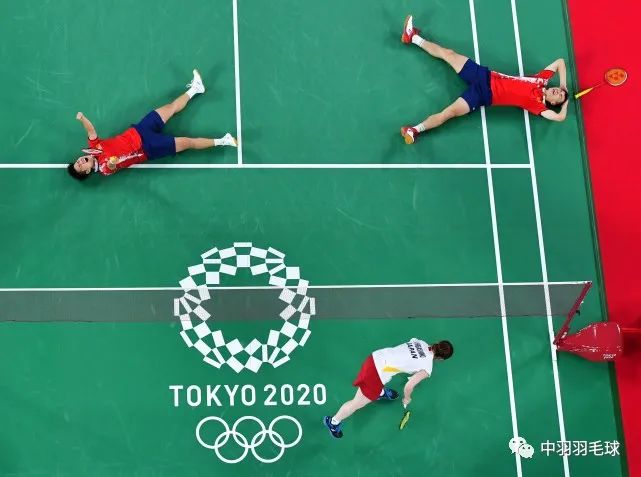
④ Weak in the backcourt but doesn't actively move to the net
Are you constantly dashing back and forth across the two backcourt corners, yet never getting a chance to launch an attacking shot? All you can do is keep lobbing the ball relentlessly toward the opponent’s net—while your partner, standing patiently up front, watches helplessly as the shuttle eludes them. After several grueling rallies, your opponent finally delivers a decisive drop shot that seals the point… Doesn’t this scenario sound all too familiar?
The right approach:
Amateur players almost always have some noticeable weaknesses, and generally speaking, more of them excel in the front court than in the back court. If you’re lucky enough to find a partner who’s exceptional in the back, even if they’re just slightly better than you, why not let them handle the tougher, dirtier tasks down there? Solving this situation is simple: play a slightly slower, net-friendly drop shot toward your partner’s position at the net (or even right between your opponents). Then, quickly move forward yourself to take up the net position, allowing your partner to step back and reclaim control of the back court. Just watch how professional mixed doubles teams play—they’ll make it clear!
⑤ Not covering for teammates
Your partner smashes the shuttlecock, and the opponent effortlessly returns it with a soft drop shot at the net—right into your forecourt—or perhaps your partner moves to the net, only for the opponent to delicately lob the shuttlecock over your backcourt, scoring easily…
If this situation occurs, it will undoubtedly be your responsibility.
The right approach:
Always choose your position based on the location of your teammates.
I’ve seen more than once people wondering whether doubles pairs should line up front-to-back or side-by-side—well, the answer is simple: in doubles, there’s no fixed positioning; it’s all about movement and positioning on the court.
If you don’t feel like moving around, don’t play badminton—especially not out on the court. It’ll save us some resources.
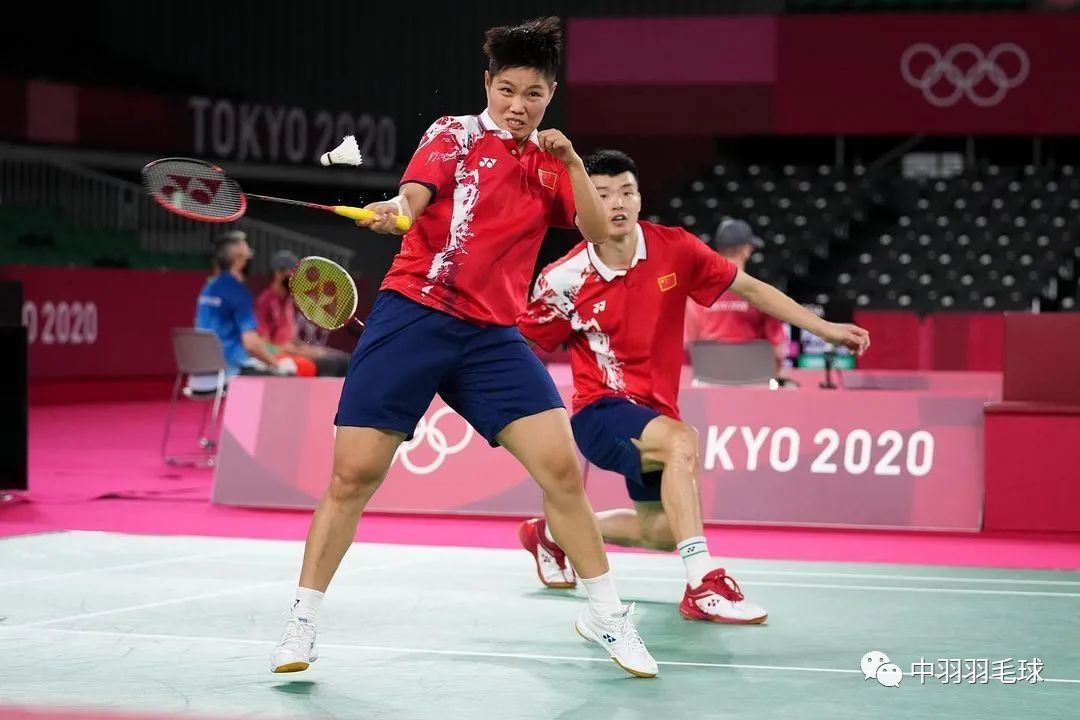
⑥ Doesn't let teammates fill in for them
The court is divided into four sections, with each of the four players standing in one section. However, only two opponents from the same side of the court are actively playing—alternating between deep, high clears, delicate drop shots at the net, and aggressive one-shot attacks...
The other two people were essentially just spectators—though if anyone got restless and tried to step in to fill the gap, they’d likely end up bumping right into each other.
This situation is commonly seen among players who have a solid foundation and strong net play skills.
Or in other words: people who enjoy playing singles.
I don’t mind playing like this—it’s great exercise.
The question is: What are we going to do with those other two people?
Just give them a ball and let the two of them play on the opposite side of the court.
The right approach:
Hit a drop shot from the backcourt to set up your partner for an approach to the net, or play a delicate soft lob from the frontcourt and then hold your position at the net while your partner retreats.
After all, doubles is all about trusting that two people working together can achieve more than one person alone—if you can quickly create a 2-on-1 situation, the battle will be resolved in no time.
If you don’t trust your teammates, you might as well go solo—otherwise, why not give 1 vs. 2 a shot?
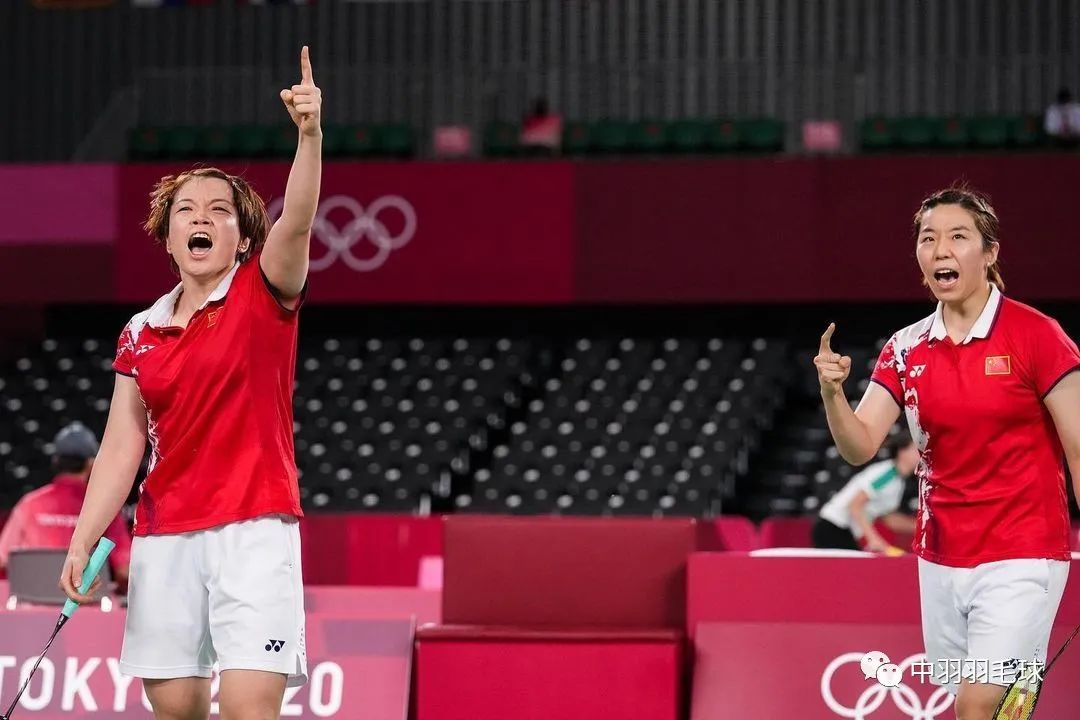
⑦ Ignore the chance to steal the net
Doubles play at a much faster pace than singles, and most opportunities are earned through aggressive play.
Let’s not even talk about the backhand smash—it demands a pretty high level of skill. But diving to the net for a kill shot? That’s something everyone can probably do. And even if you can’t quite make the dive, you can still set up an opportunity by placing a soft drop shot at the net, aiming for that crucial next-shot attack.
But if you’re just a bit slower, lazier, or less quick to react, that fleeting opportunity will slip away—leaving your teammates watching helplessly in frustration.
The right approach:
When should you move forward to the net?
You don’t necessarily have to wait for your partner to attack—simply pay attention to your opponent’s body posture when returning the ball, and observe their habitual shot patterns. That way, you can decide whether or not to move up to the net.
For example, sometimes your partner hits a powerful, high-clear shot that instantly forces the opponent to lose their ideal hitting position—by the time the ball reaches them, the sweet spot is already behind them. In most cases, this leaves the opponent with no choice but to play a soft net drop shot as a transitional move. That’s exactly when you can confidently move forward to the net—remember, following the principle of teamwork, your partner will naturally retreat as you advance, so you’ve got him covering the backcourt for you!
Actually, it’s simple when you sum it up—approach the net whenever you think your opponent can’t hit a winning shot.
When the fundamental principles of teamwork become second nature to you, you’ll gradually begin to appreciate the joy of doubles—and that, in turn, will spark your motivation to learn and improve.
For example, when we talk about covering positions or aggressively attacking the net, at a certain point you’ll realize that to improve further, you need solid footwork as a foundation. That’s often when you might start considering signing up for lessons to refine your skills.
Fun sparks interest, and interest is the best teacher—because as you hone your skills, you’ll discover even more joy. That’s exactly the rewarding life enjoyed by amateur badminton players.


Related Articles
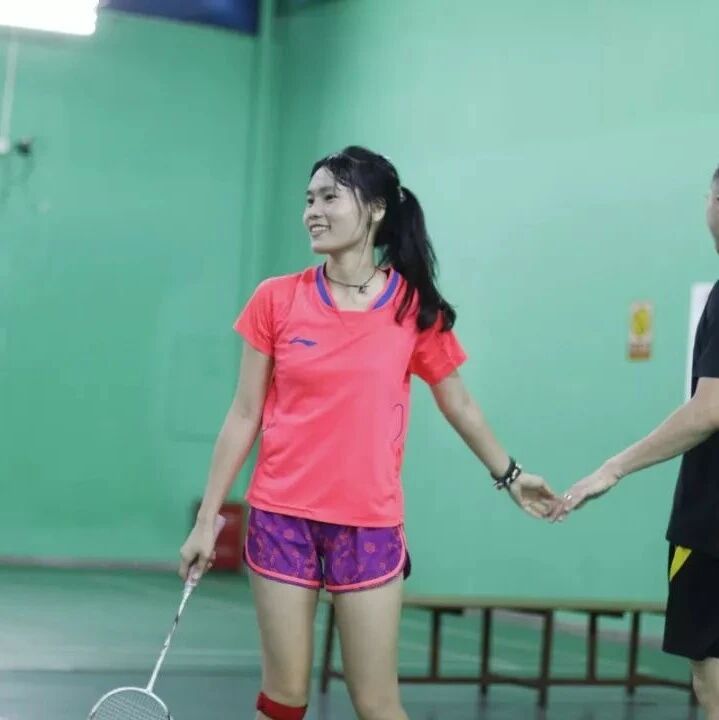
Why do you always feel great after playing sports? The reason is…

What a ridiculous world ranking! After an incredible 38-match winning streak and claiming 9 titles, they’re still only ranked No. 3—clearly, the Zheng/Jia duo is being unfairly treated.
